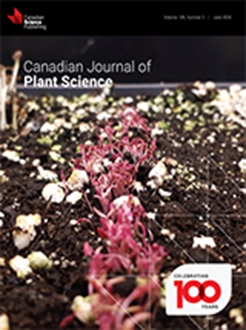BioOne.org will be down briefly for maintenance on 14 May 2025 between 18:00-22:00 Pacific Time US. We apologize for any inconvenience.

Evaluation of simulated hail damage on seed yield and agronomic traits in canola (Brassica napus L.)
